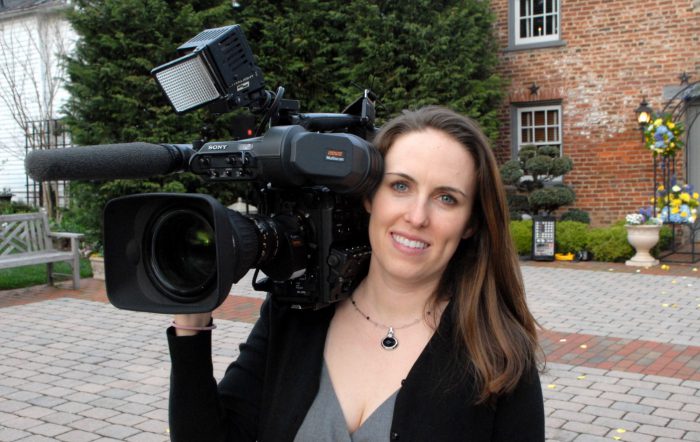Photojournalism is a very competitive business. A photojournalist is a storyteller who captures and presents images that support the news or can indeed be breaking news. The photograph of the 3-year-old Syrian refugee boy drowned on a Greek shore is one of the most recent examples. The image conveyed not only the story, but the emotions that go with it.
Here we help you discover how to become a photojournalist:
Professional grade equipment
While equipment won’t make you a great photographer, inferior gear will let you down. Many photographic stores have “certified” used gear listed at discounted prices. The most basic kit should include at least a professional quality camera body, wide angle lens (17mm, f2.8) and a telephoto lens. A computer and other accessories are also needed.
Take your camera everywhere
Aim to take fifty to one-hundred photographs each week. The basis of photojournalism is the visual documentation of what is going on around us. Include people in your photographs as much as possible as this becomes the story in the image. For two years, photojournalists had been taking photographs of migrant boats in the Mediterranean, but the image of Aylan, mentioned earlier, shook the world more than the hundreds that had preceded it. Put your best images in your portfolio, be diverse in the photographs you shoot so they can be used by many audiences.
Collect information about your photographs
The critical difference between a professional and an amateur is that a professional will always take accurate notes of the image, to use in the caption and copy to go with it. Ask yourself the simple questions: Who? What? When? Where? Your caption must be clear, concise and accurate with no spelling errors, otherwise your career in photojournalism will not get off the ground.
Get your photographs noticed
As a potential freelance photojournalist, you must advertise your photographs, just like any business. Submit your work for publication. There are several websites for submitting the photos you feel have some news value. Your photographs do not have to be breaking news, they can include weather, sports, local celebrities or unusual sights or events. Many of these websites are used by mainstream media
Create your personal website.
Publish your own photographs on your own website. Share your website details with as many groups and individuals as you can to increase your odds of making it in the field. It’s easy to find the names of photo editors from local newspapers. Email them a shot taken that day that you think may be of interest. If your photos are good enough, editors will notice. Contact community groups and others you think may be interested in using one or more of your shots. Ask editors to consider you for future freelance opportunities.
Create contacts and networks
Consider taking a photojournalism course where you can meet peers and instructors who can help you get your business off the ground. There are several schools that offer photojournalism degrees or journalism degrees with photojournalism as a minor. Get practical experience by volunteering to take photographs for local sports teams, bands or other groups. Photographs are always needed for school yearbooks, newsletters and websites so offer your work to local community groups. Ask to shadow a professional photojournalist and watch and learn.
Be persistent
Don’t give up. You need patience and persistence to make it in the business. If you don’t receive a reply, continue to contact editors and continue to search for good photographs, Keep finding ways to improve the photography that you produce and keep your portfolio up-to-date.



